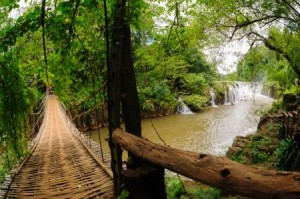 Can you imagine what the world must have been like a few thousand years ago? Picture thundering herds of bison that were so large, they were uncountable. In North America the wildlife was so abundant photos of the time period captured huge stacks of animal skins destined for the fashion capitals of the world. It seemed as if there was no end to the amazing bounty of the continent.
Can you imagine what the world must have been like a few thousand years ago? Picture thundering herds of bison that were so large, they were uncountable. In North America the wildlife was so abundant photos of the time period captured huge stacks of animal skins destined for the fashion capitals of the world. It seemed as if there was no end to the amazing bounty of the continent.
As firepower technology grew, herds shrank over time. Today we have a strong network of laws and regulations protecting wild herds that still roam the Western expanses of North America.
And it’s not just in North America that wildlife protection has made such a powerful impact in preserving our flora and fauna. In mid-November one of the planet’s most rare hoofed species – the Saola, which is native to Southeast Asia, set off a camera trap for the first time in 15 years! Needless to say, the image thrilled wildlife preservationists and provided powerful evidence for The World Wildlife Federation that innovative use of law enforcement is giving these endangered animals a reprieve from impending extinction.
The strategy of employing workers to remove snares has given wildlife preservationists real hope that rare species falling victim to poachers may be brought back from near extinction.
In the case of the Asian Saola, there have been just four documented sightings since the species was first discovered in 1992. It’s ironclad proof that hiring indigenous people to remove illegal hunting techniques works. And that’s great news for both hunters and preservationists.
